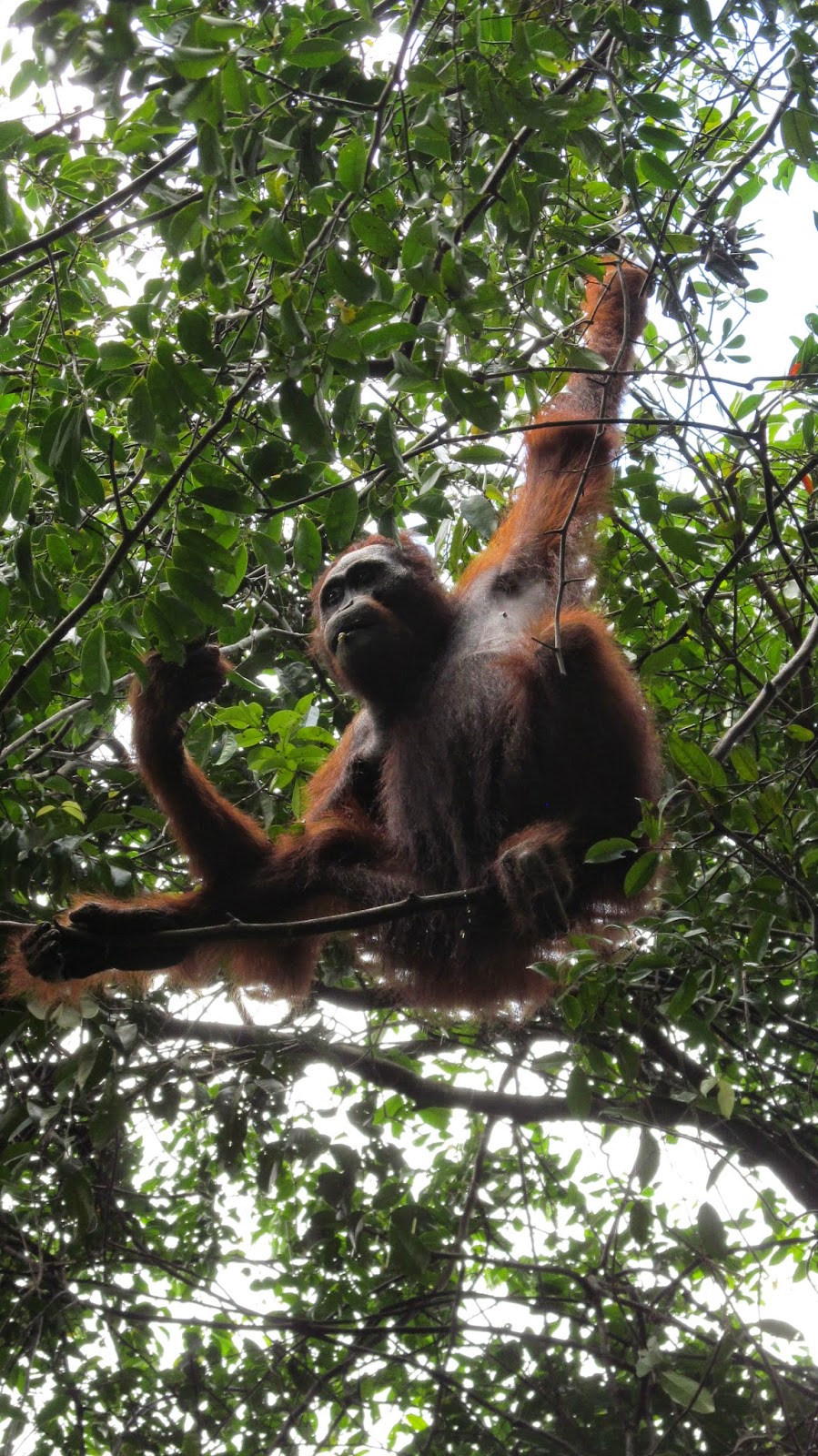 |
| Fruit sellers in Fianarantsoa market |
 |
| Nicolas standing next to a flowering succulent plant |
Working in another country is not as exciting as it may sound...it really is just working with different scenery outside the office window. Sure it’s great scenery, but my eyes tend to be glued to computer screens doing fascinating things like monitoring project budgets, checking researchers’ comings and goings or writing procedures and reports. With the occasional break to interview for new staff members.
 |
| Backyard pet |
Although, there were different interruptions to most days, and an astonishing variety of these. Perhaps a meeting with the national park officials to talk about park security issues. Or with the health NGO to bash out a collaboration agreement. A morning off to tour a visitor around the park and see a few more lemurs. Welcoming Finnish bat researchers at the start of their 3-week stay. Watching an American film crew get some shots of the local market with a drone. Yeah, I guess it can be a bit exciting at times. Certainly different due to the wide variety of activities and people that are based at Centre ValBio with it’s multiple functions of research, education at the graduate, undergraduate and local school level, health provision to remote villages, long-term biodiversity sampling, encouragement of local artisans and musicians etc. etc.
 |
| Meat kiosk in Fianarantsoa |
But...I decided not to continue in the job and won’t be going back in January. I can certainly do admin and finance, but I’ve been drifting farther away from forestry with each contract and it’s time for a course correction. It’s a wrench, made more difficult by the kicking Christmas party the day before I left - dancing is life to a lot of our staff - and they have one hell of a lot of life in them!
Even in the very short time, it would have been impossible not to become close to the staff - Prisca and Pascal, so welcoming and knowledgable, Erik with his wicked grin and great driving music, sharing Friday afternoon beer with Nicolas and Alain looking out over the rainforest, and so many others. I’ve got to concentrate on finding longer contracts, it’s too tough to keep tearing myself away friends.
 |
| Steps in 'Tana |
Friday, it was back in the car for the 9-hour drive to Antananarivo on twisting roads shared by an eclectic variety of obstacles, homemade wooden carts used to haul bricks, rocks, rice, etc, herds of zebu, chickens, ducks, really slow trucks and people of course (I’ve never seen so many people walking such distances before). The roads are now made narrower by strips of rice spread out to dry on the edges. Through every town on the way you’ve also got to avoid bicycle taxis, carts, motorcycles, buses, roadside sellers of, well, basically everything, and on and on. After spending many hours of the last few months in cars being driven around, it’s conclusive - geese are the only form of life that will not move off the road when threatened with flattening by tires.
So, that’s my time in Madagascar, a fascinating, beautiful country - not without myriad problems - but with an inspiring vitality. Don’t know when/if I’ll get back there, anything’s possible.
 |
| Antananarivo, capital city, from hotel room |
Fingers crossed, I’ll make it back to the tropics or subtropics early in the new year - watch this space...


































